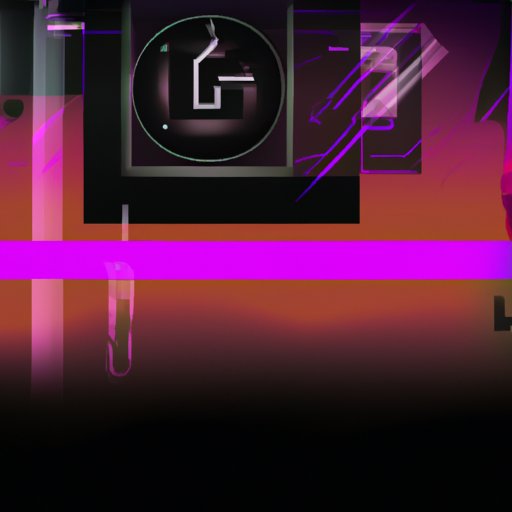Introduction
Digital art backgrounds are an essential part of any digital artwork, as they provide the foundation for the images or illustrations that will be placed on top. They can also be used to create unique pieces of art in their own right. Learning how to draw digital art backgrounds is an important skill for any aspiring digital artist, and this article will provide step-by-step instructions and useful tips for creating beautiful, eye-catching digital backgrounds.
Definition of Digital Art Backgrounds
Digital art backgrounds are the underlying layers of a digital artwork, providing the context in which the rest of the piece exists. They can range from simple flat colors to complex layered compositions, and can be used to set the mood or tone of the artwork. Backgrounds can be used to add depth and dimension to a piece, and can even be used to tell a story.
Why It Is Important to Learn How to Draw Digital Art Backgrounds
Learning how to create digital art backgrounds is an important skill for any digital artist, as it allows them to create more dynamic and interesting compositions. A well-crafted background can take a piece from good to great, and can make all the difference in how a piece is perceived by its audience. Understanding the fundamentals of background design and composition will help any digital artist create better artworks.
Step-by-Step Guide to Drawing Digital Backgrounds
Creating digital art backgrounds requires a combination of technical skill and creative vision. The following steps will provide a basic overview of the process for drawing digital backgrounds.
Choosing the Right Tools
The first step in creating a digital background is to choose the right tools. Many digital artists prefer to use vector-based software such as Adobe Illustrator or Corel Draw, as these programs allow them to easily manipulate shapes and lines. However, raster-based programs such as Adobe Photoshop are also popular choices, as they provide more flexibility when it comes to working with textures and colors. Choosing the right program for the job is essential for creating quality digital backgrounds.
Layout and Composition
Once the right tools have been chosen, the next step is to decide on a layout and composition for the background. This involves determining the size, shape, and placement of elements within the background. Deciding on the overall look and feel of the background is essential for creating a cohesive piece of art. It is also important to consider the balance between positive and negative space, and how the elements interact with each other.
Creating a Base Layer
The third step is to create a base layer for the background. This can include a solid color, gradient, or pattern. This layer provides the foundation for the background, and should be carefully chosen to ensure that the other elements of the background work together harmoniously. Once the base layer has been established, additional elements can be added to complete the background.
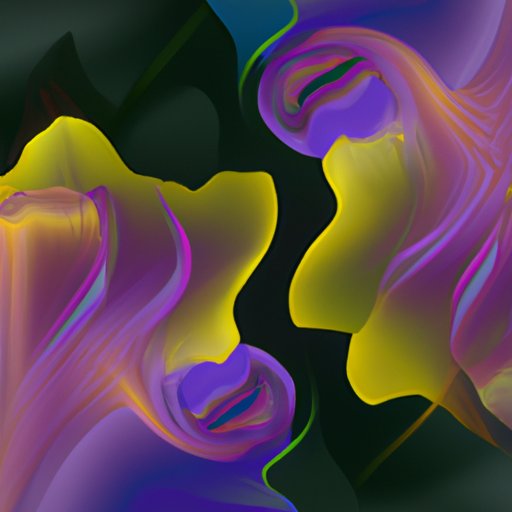
Tips and Tricks for Creating Digital Art Backgrounds
Creating digital art backgrounds requires a combination of technical and creative skills. The following tips and tricks will help any digital artist create beautiful, eye-catching backgrounds.
Developing a Color Palette
Creating a cohesive palette of colors is essential for any digital background. Decide on a range of colors that complement each other and work together to create a unified look. Be sure to consider how the colors interact with each other, and how they will affect the overall mood and tone of the piece.
Utilizing Layers
Using layers is a great way to keep track of different elements in a digital background. By separating elements into individual layers, it becomes easier to manipulate and adjust them without affecting the other elements. This can save a lot of time and effort, and can result in a much more polished end product.
Incorporating Textures
Adding textures to a digital background can help to add depth and dimension to the piece. Textures can also be used to create a sense of movement or atmosphere. There are many online resources available for free textures, and it is also possible to create your own textures using filters and effects.
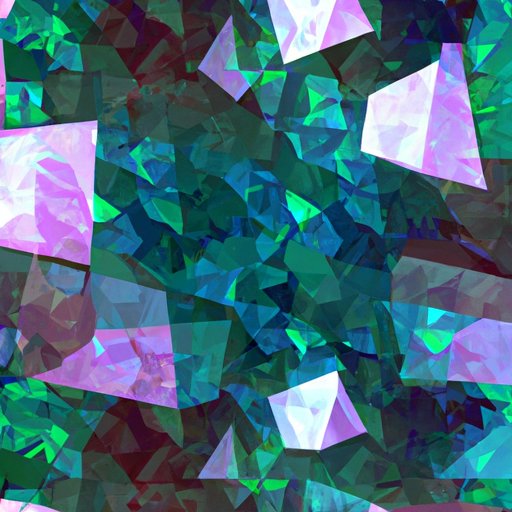
Ideas for Unique Digital Backgrounds
Creating unique digital backgrounds requires a combination of technical skill and creative vision. The following ideas will help any digital artist create one-of-a-kind backgrounds.
Combining Traditional and Digital Techniques
Combining traditional art techniques with digital media is a great way to create unique backgrounds. For example, a hand-drawn sketch can be scanned and then manipulated in a digital program. Similarly, a painted background can be scanned and combined with digital elements to create a dynamic effect.
Using Contrast to Create Depth
Contrasting colors and values can be used to create a sense of depth in a digital background. This can be done by combining light and dark colors, or by using warm and cool colors. The key is to find the right balance between the elements so that they complement each other and create a visually appealing background.
Experimenting with Shapes and Patterns
Shapes and patterns can be used to create interesting and unique digital backgrounds. Experimenting with different shapes and patterns can help to create a unique look, and can add texture and interest to a background. Using repeating patterns can also help to create a sense of movement or energy.
Exploring Different Techniques for Digital Art Backgrounds
There are many different techniques that can be used to create digital art backgrounds. The following techniques can be used to add depth and interest to any background.
Blending Modes
Blending modes are a great way to add depth and dimension to a digital background. By adjusting the opacity and blending mode of elements, it is possible to create subtle shifts in color and value. This can help to create a more cohesive and interesting background.
Working with Transparencies
Transparent elements can be used to add depth and complexity to a digital background. This can be done by layering transparent shapes and textures over each other, or by using partially transparent colors. Working with transparencies can help to create a more dynamic and interesting background.
Adding Special Effects
Special effects can be used to add a unique element to a digital background. These effects can range from subtle lighting effects to more dramatic distortions. Experimenting with different effects can help to create a truly one-of-a-kind background.
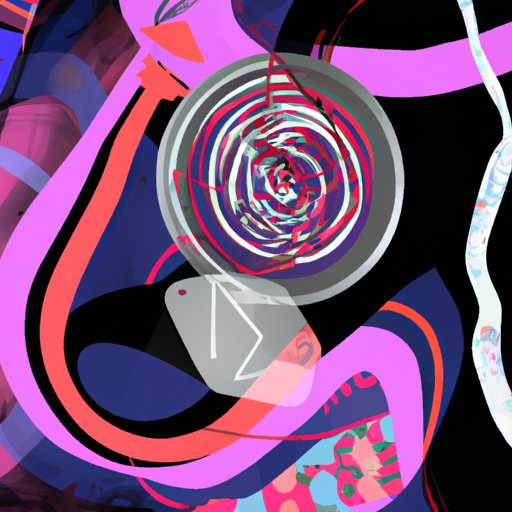
Combining Digital and Traditional Drawing Methods to Create Backgrounds
Combining traditional drawing methods with digital techniques is a great way to create unique backgrounds. The following techniques can be used to create beautiful digital backgrounds.
Working with Pencil Sketches
Pencil sketches can be scanned and then manipulated in a digital program. This is a great way to add a hand-drawn element to a digital background, and can help to create a unique and personal look. Pencil sketches can also be used to create texture and depth.
Applying Paint Effects
Painting effects can be used to add texture and depth to a digital background. This can be done by scanning traditional paintings and manipulating them in a digital program, or by using a digital painting program to create custom paint effects. Paint effects can help to create a more organic and natural look.
Digitally Enhancing Traditional Media
Traditional media such as watercolors and pastels can be digitally enhanced by scanning the artwork and manipulating it in a digital program. This is a great way to bring traditional media into the digital world, and can add a unique element to a digital background.
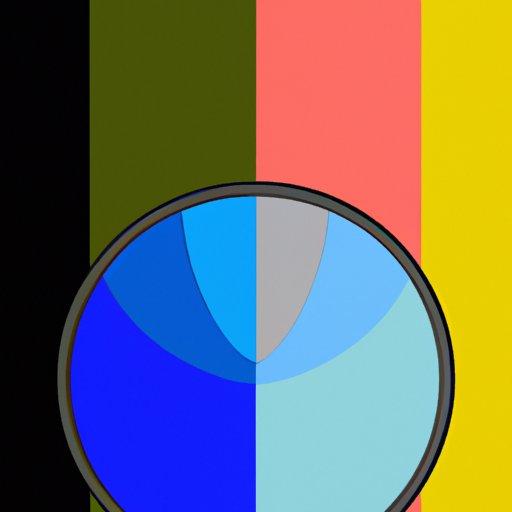
Using Color Theory to Enhance Digital Art Backgrounds
Understanding color theory is essential for any digital artist, as it can help to create more harmonious and balanced backgrounds. The following tips will help to enhance any digital background.
Understanding Color Schemes
Color schemes are an important part of creating a cohesive digital background. Knowing which colors work together and how to create a harmonious palette is essential for creating a successful background. Color wheels and color palettes are great resources for understanding how colors interact with each other.
Applying Color Gradients
Color gradients can be used to create a sense of depth and movement in a digital background. Gradients allow for seamless transitions between colors, and can be used to create a more dynamic background. Color gradients can also be used to add a subtle shift in mood or tone.
Utilizing Color Balance
Using color balance is another way to create a harmonious palette for a digital background. Color balance involves balancing warm and cool colors, as well as light and dark colors. This helps to create a more cohesive and balanced background.
Conclusion
Drawing digital art backgrounds is an important skill for any digital artist. This article has provided a comprehensive guide to creating digital art backgrounds, including step-by-step instructions and useful tips. Utilizing the right tools, understanding layout and composition, developing a color palette, incorporating textures, and experimenting with shapes and patterns are all essential components of creating a successful digital background. Combining traditional and digital techniques, utilizing color theory, and adding special effects are also great ways to create unique backgrounds. With practice and patience, any digital artist can learn to create beautiful and eye-catching digital art backgrounds.
(Note: Is this article not meeting your expectations? Do you have knowledge or insights to share? Unlock new opportunities and expand your reach by joining our authors team. Click Registration to join us and share your expertise with our readers.)
